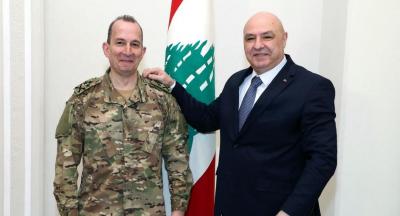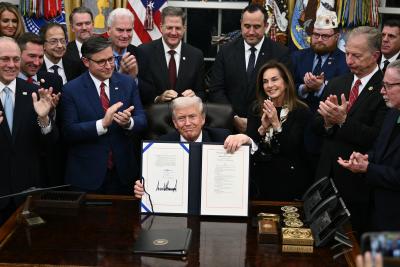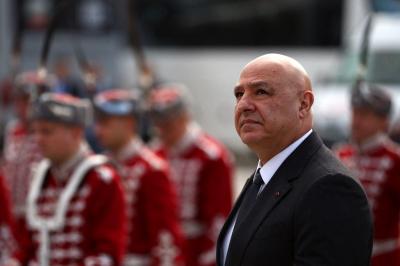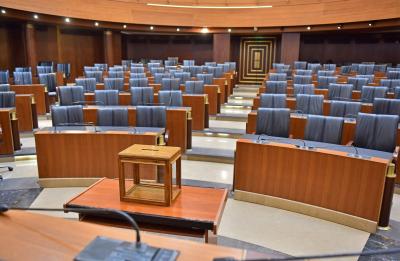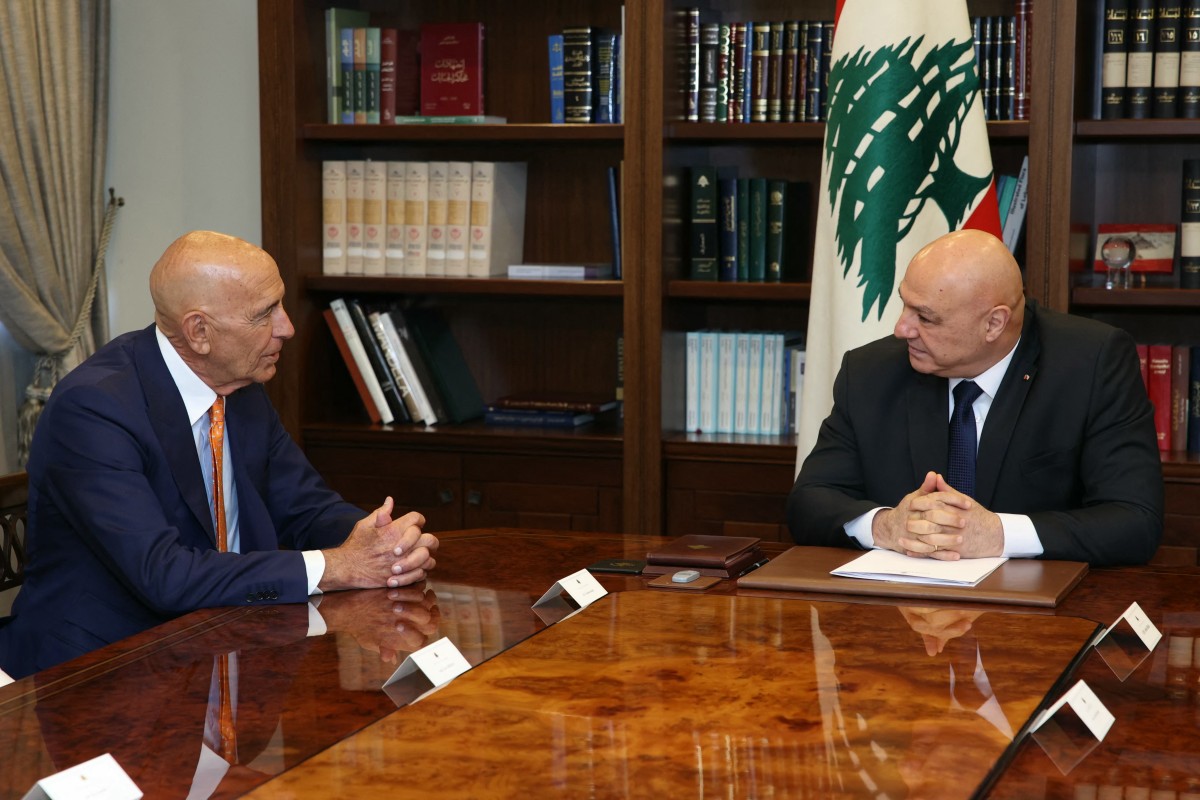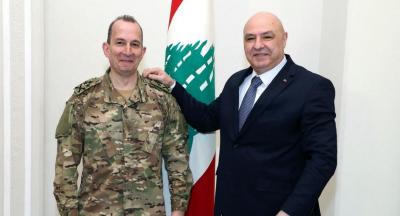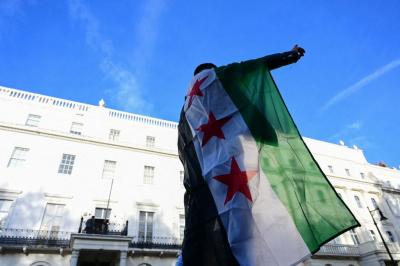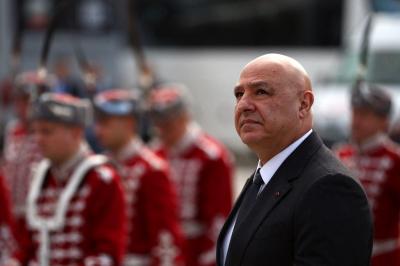The uproar first erupted when the Cabinet tasked the Lebanese Army with preparing a plan to collect “Hezbollah’s” weapons and present it before the end of this month. It flared up again two days later when the Cabinet approved what was dubbed the “Barrack’s Paper.”
The confusion likely stems from a misunderstanding: this was neither Barrack’s document nor one drafted by the United States. In reality, it was a paper presented by President Joseph Aoun, described as the unified Lebanese position on a principle he had announced at the start of his term and later adopted by the government in its ministerial statement, that all weapons in Lebanon should be held solely by the state’s legitimate institutions across its territory.
This principle covers all weapons, heavy, medium, and some light weapons, whether defensive or offensive, in the possession of both Lebanese and non-Lebanese armed groups operating in Lebanon, including “Hezbollah” and other militias within its orbit. The November 2024 ceasefire agreement explicitly listed the official bodies legally authorized to carry weapons, aiming to clarify the picture and end the delaying tactics disguised as questions.
But was this truly a unified Lebanese paper, given that advisers to the President of the Republic, the Speaker of Parliament, and the Prime Minister all took part in drafting it? If it had been, Speaker Nabih Berri would not have unilaterally handed the U.S. envoy a second document containing additional remarks from himself and “Hezbollah.”
Barrack has visited Lebanon three times, making it clear that his role is to convey Lebanon’s vision to the U.S. administration and Israel, and await their response to the paper Lebanon submitted. He will return to deliver Washington and Tel Aviv’s reply to this document, now amended with the aforementioned remarks.
Another point that needs correcting is the argument that “Hezbollah” refuses to hand over its weapons to Israel, claiming that without them, no one would protect the South or Lebanon, as the state had abandoned the region to its fate.
But who, exactly, asked “Hezbollah” to hand over its weapons to Israel? And if the question about the state’s role in the South is legitimate, the more pressing question becomes: which part of Lebanon has the state not abandoned? Was the state fully present, for instance, in Akkar, Tripoli, Jbeil, Keserwan, or West Bekaa? Do residents there not also feel the state has neglected its security and development duties toward them? And why did they not take up weapons? In fact, those who did arm themselves in self-defense later handed their weapons over.
How, then, can it be said the state abandoned the South when development projects carried out there, particularly after the 2006 war, and the budgets spent on them far exceed those allocated to most other Lebanese regions? Just as the Cairo Agreement of 1969 (between Lebanon and the PLO) effectively granted Fatah control over parts of the South from which to launch armed operations against Israel, the Doha Agreement handed “Hezbollah” not only dominance over the South, but over the government itself. It would have remained unshaken had it not miscalculated that it could teach Israel a lesson through its “support war” for Gaza.
After all this, how can weapons be labeled a matter of “honor” or “dignity” when most were destroyed before they could even be used, and when their use has brought calamity upon Lebanon?
How, then, do we shield Lebanon from the allure, and the curse, of the weapons?
Please post your comments on:
[email protected]
 Politics
Politics
